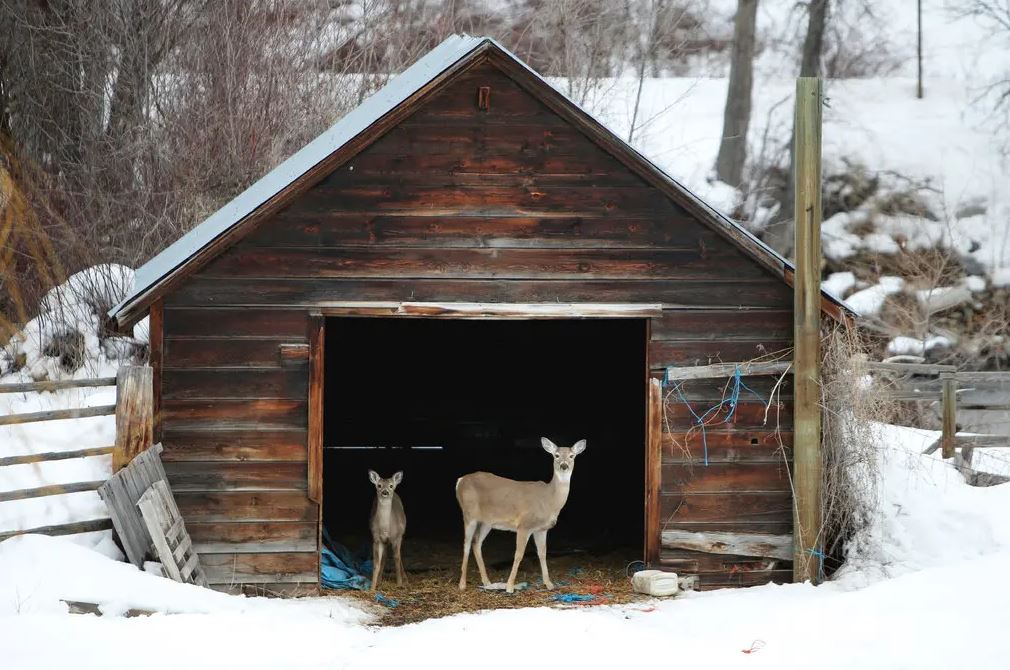Recent studies done by the Animal and Plant Health Inspection Service of the United States Department of Agriculture show that humans transmitted the coronavirus to white-tailed deer over a hundred times in late 2021 and early 2022. It’s also possible that at least three separate transmissions of the virus from deer to humans resulted in a different strain of the virus each time, as is suggested by the study.
Concerns that deer, which are common in the United States, may become a long-term animal reservoir for the virus and a potential source of novel variations are heightened by the results, some of which were also published in the journal Nature Communications.
University of Missouri zoonotic disease specialist and new article co-author Xiu-Feng Wan stated, “Deer regularly interact with humans and are commonly found in human environments — near our homes, pets,
The transfer of the virus from humans to animals poses a number of public health issues, although there is little indication that deer play a significant role in transmitting the virus to humans.
First, viral varieties that have been eradicated from human populations may be able to survive in an animal reservoir. The current research supports previous findings that coronavirus subtypes such as Alpha and Gamma remained common in deer after they had become uncommon in humans.
The introduction of new animal hosts provides the virus with a chance to mutate and develop, which might result in the emergence of new strains that are able to infect humans. Possible immune system escape if these mutations are sufficiently distinct from those previously circulating in humans.
Research indicated that white-tailed deer were sensitive to the coronavirus, so in 2021, the Animal and Plant Health Inspection Service and other government and university experts started searching for the virus in free-ranging white-tailed deer.
More than 11,000 deer samples from 26 states and DC were obtained by the scientists during the first year of observation. APHIS said on Tuesday that 12% of the animals were presently sick and that 31% had antibodies indicating past exposure to the coronavirus.
Researchers from APHIS, the CDC, and the University of Missouri sequenced roughly 400 samples collected between November 2021 and April 2022 for a new report published in Nature Communications. Alpha, Gamma, Delta, and Omicron strains of the virus were all discovered in the deer population.
Next, the researchers traced the evolutionary links between the viruses obtained from deer and those from human patients. They determined that the virus has been transmitted from people to deer 109 times minimum, with further transmission occurring often between individual deer.
The virus also shown symptoms of adaptation to deer, and many human infections with “deer-adapted” strains were found in North Carolina and Massachusetts.
There are still many unanswered concerns about the deer herd decline and the possible role deer play in maintaining the virus in the wild.

